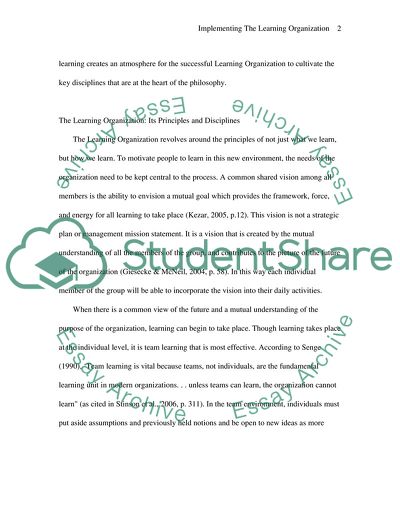Cite this document
(Implementing The Learning Organization Case Study, n.d.)
Implementing The Learning Organization Case Study. Retrieved from https://studentshare.org/education/1705316-learning-organization
Implementing The Learning Organization Case Study. Retrieved from https://studentshare.org/education/1705316-learning-organization
(Implementing The Learning Organization Case Study)
Implementing The Learning Organization Case Study. https://studentshare.org/education/1705316-learning-organization.
Implementing The Learning Organization Case Study. https://studentshare.org/education/1705316-learning-organization.
“Implementing The Learning Organization Case Study”. https://studentshare.org/education/1705316-learning-organization.


